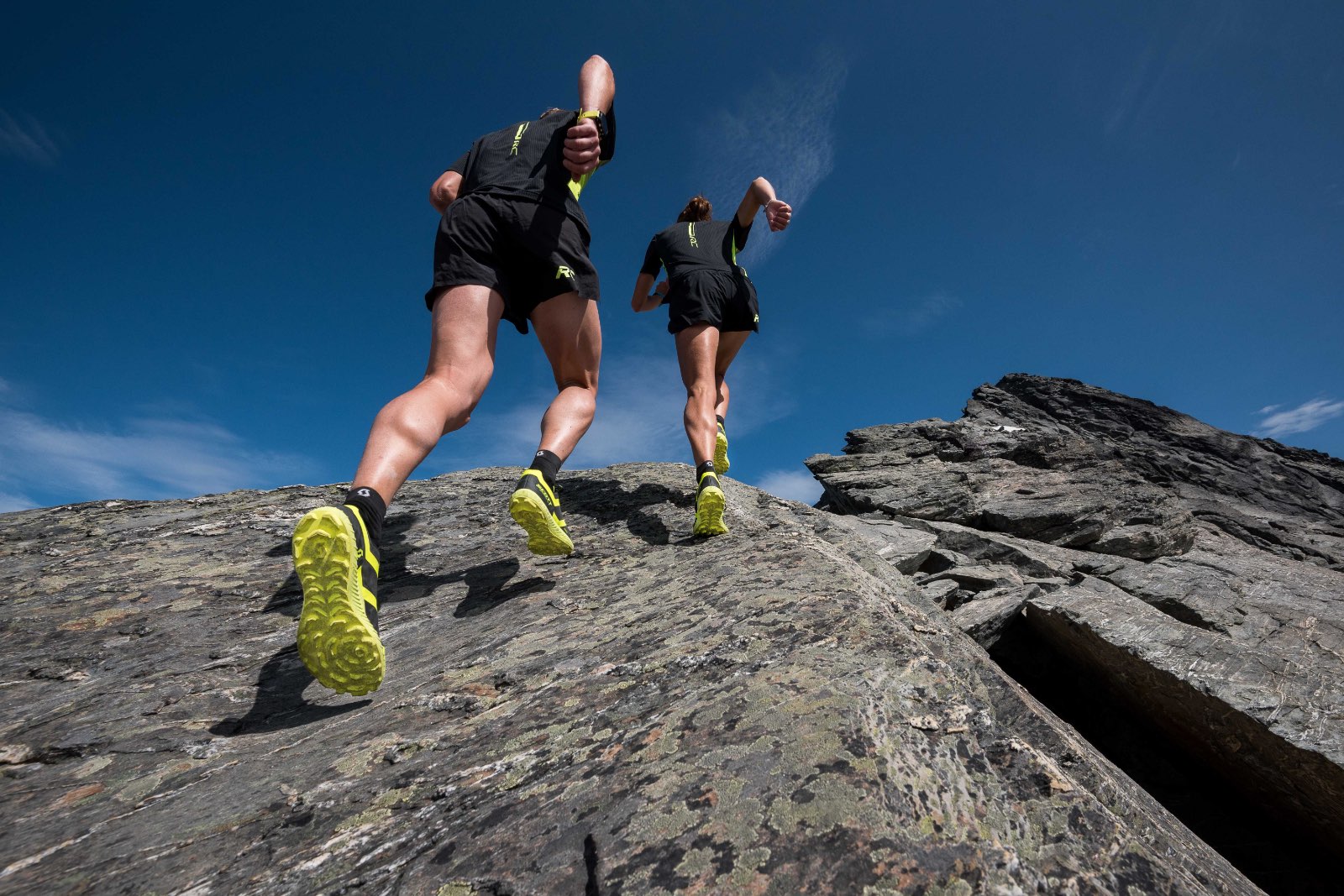Order over $100 and get Free shipping in Canada
Free shipping Across Canada On Orders Over $100

Talking running shoes always raises passions. Some run in anything and couldn't care less, others will attribute all their success and injuries to the shoes they wear. Like fashion, trends in running shoes seem to go full circle every decade and it is easy to drink the Kool-Aid and to just follow the latest trends. After all, every shoemaker has their claims of improving performances and comfort and reducing injuries.
As shoe experts, health care professionals or runners, it is important to see beyond the fight for market share and to look at what actual research tells us about running shoes. Let’s take a look.
Cushioning and Stack Height
A popular belief is that cushioning helps reducing the risk of injuries. This is based on the idea that the impact while running is a cause of injury and that cushy shoes would prevent injuries by lowering those forces. While it is obvious that running injuries are often the result of excessive and repeated impact, the claim that cushy shoes can reduce the forces has not been proven. As a matter of fact, studies that addressed cushioning as an injury prevention strategy did not show a significant decrease of the injury frequency when changing the midsole hardness. Runners who run in very cushy shoes would even display increased leg stiffness while running as a way to maintain a constant vertical trajectory. Softer shoes would mean less absorption happening at the leg and vice versa. Cushioning would encourage harder landings, especially when changing to lighter and thinner shoes.
Other issues that could arise from thick, “maximalist” shoes would be a decrease in what the foot feels when landing on the ground. This capacity called proprioception is important in monitoring impact and foot position. There is still little clinical data regarding proprioception and cushioning at the moment but this could explain why some runners who experience lower leg pain sometimes benefit from thinner and more sensitive shoes as a way to improve their alignment.
Pronation Control and Stability
Pronation happens when the foot rolls inward and rotates outwards during the stance phase of running. This movement happens naturally in most runners although at various degrees.

The idea of pronation control or stability in shoes has been around for a while, but has never been supported by any scientific evidence. Marketing and trends have been pushing the concept of stability for decades, although it has been proven that increased pronation does not predict injuries in runners. Pronation control shoes would be ineffective and unreliable, and they would only cause inconsistent changes in the leg and the foot’s alignment when running. The lack of evidence for the use of such shoes has been pointed out for years by leading researchers in the field, and most experts now agree that there are no benefits to such shoes.
The Barefoot Debate
Barefoot runners spontaneously adopt a forefoot or a mid foot strike as opposed to a heel strike in runners who wear thick running shoes. Interestingly, there would be less ground impact forces in barefoot running. This could be explained by the fact that the body naturally loads the calf muscles in a forefoot strike pattern. Barefoot runners also diminish the impact forces on the ground by taking quicker steps and reducing their ground contact time. There is biomechanical evidence that supports the ability of barefoot runners to better disperse impact forces, but no study has demonstrated the superiority of barefoot running in reducing injuries.

An interesting finding is that minimalist shoes would not replicate barefoot running. Despite being lightweight, flexible and minimally supportive, the presence of a midsole and of some form of cushioning would affect the gait. In highly-trained runners, it has been shown that the running pattern doesn’t change between running in classic running shoes and minimalist shoes.
The Bottom Line
References
{"one"=>"Select 2 or 3 items to compare", "other"=>"{{ count }} of 3 items selected"}